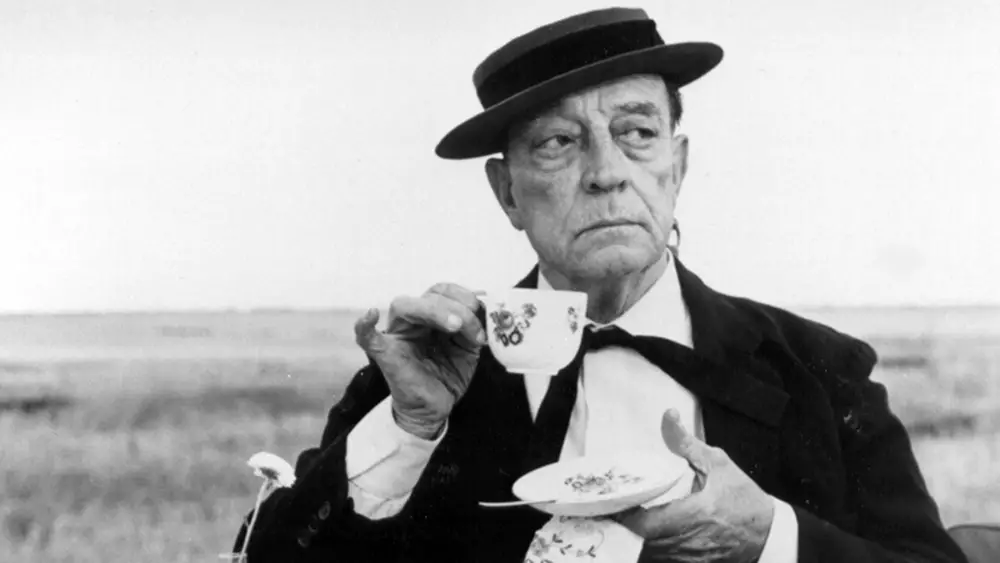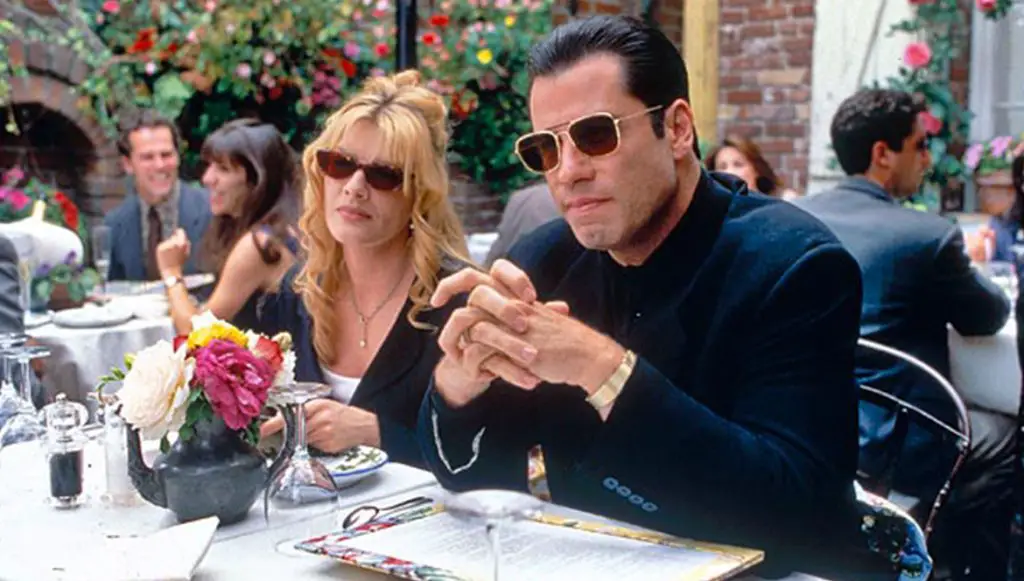Never writer a treatment or an outline unless someone is forcing you to do so or paying you a lot of money to do so.
– James Schamus (Crouching Tiger Hidden Dragon)
The process of writing treatments and outlines are long laborious tasks that few writers enjoy. However, that is not say that writers do not do this of their own accord; they may do it as a personal preference because it helps them to better understand their story, or often because the studios request a treatment after you pitch them your idea. Studios will then decide from this whether they’ll buy your script. This is, for some, a necessary evil.
It should be short, sharp and funny. You’ve got to grab people. And in truth, it can be quite dishonest.
– Emma Thompson (Nanny McPhee)
Planning your story in advance can also be a beneficial way of fleshing out an idea: Does my story carry weight? Is my subject matter strong enough? Will this entertain an audience for two hours?
A treatment/outline can help you answer these questions. This process can also lend itself to helping you out in the writing process. Committing to a screenplay is a big job, requires a lot of time, and does not always work out. Writing everyday is of course ideal but not possible for everybody; for those who cannot commit to daily writing, a treatment/outline may really help you out – whether it be to help remind you of your plot, act breaks, or even your character’s motives.
I never write treatments because I hate them so much. I hate reading them and I hate writing them.
– Emma Thompson (Nanny McPhee)
Do You Know How Your Story Will End?
What happens at the end may often be both a surprise to the audience and the author, and at the same time, in retrospect, absolutely inevitable.
– Alexander Mackendrick (The Ladykillers, Sweet Smell Of Success)
If you’re of the same mindset as fiction writer John Irving (The Cider House Rules), then you won’t start writing until you know the last sentence of your story. This may seem a little excessive, but film-maker Alexander Mackendrick (The Ladykillers) believed that developing the ending in advance helps to create a natural ‘spine’ to your story. If the writer knows how his story will end, then he is able to lead his characters through each scene with purpose. These two are far from alone when it comes to this approach, many writers will begin with an outline of their ending and write their story backwards; in other words, how did they get there?
I can’t write unless I know the title.
– Paul Schrader (Taxi Driver, Raging Bull, American Gigolo)
Other writers with this method of practice include: Paul Schrader (Taxi Driver), Eric Roth (Forest Gump) and Buster Keaton (The General). Keaton would work from a concept, then backwards from the end of a story, and never paid any attention to the middle because he believed it would always take care of itself.
I need to know the names of the characters, the title, the opening scene and the last scene.
– Eric Roth (A Star Is Born, Forrest Gump, Munich)

On the other hand, the likes of: novelist’s Stephen King, Elmore Leonard, and screenwriter Quentin Tarantino all adopt a very different approach to writing. They all begin their story’s blind and allow their characters to dictate the story to them.
I don’t stop and try to outline a book because it’s a waste of time, because I’m gonna get better ideas whilst I’m writing.
– Elmore Leonard (Jackie Brown, Get Shorty, Be Cool, Out Of Sight)

Celebrated crime fiction novelist, Elmore Leonard (Jackie Brown, Get Shorty), in an interview with ‘Author Learning Center’, said: “I don’t stop and try to outline a book because it’s a waste of time, because I’m gonna get better ideas whilst I’m writing.” He elaborates on this and goes on to say that this process is built around the idea that if he begins with an interesting character, then he can allow the plot to build around their conversations and actions. A benefit of this is that the writer has room to improvise and be spontaneous during the First and Second Act, and will bring forth a believability in their characters’ arc. Leonard continues to say that he figures out how he’ll end the story when he reaches the last hundred pages and then figures out what sort of ending would work for his story.
Does Story Structure Matter?
For over two thousand years story has typically been told in the Three-Act structural form. It is considered to be a fundamental tool in a writers arsenal. Not only is it used in almost all movies, but also, as John Yorke (Into The Woods) says, “it follows the irrefutable laws of physics; everything must have a beginning, middle and end.”
The Greek philosopher Aristotle (Poetics) first articulated the importance of structure, and coined the phrase ‘Unity of Action’, which refers to the sense of completeness in a story that is a basic satisfaction in almost every dramatic work; commonly fulfilled through a beginning, middle and end – hence the Three-Act Structure later concentrated on by screenwriting specialist, Syd Field (Screenplay).
If we now consider The Five-Act structure, practiced by Shakespeare himself, it is merely a development on the Three-Act in which two extra act breaks are added in the middle, but leaving the first and last act the same. It is questioned whether Shakespeare was ever aware of act structure within his plays. Yorke (Into The Woods) suggests that if not, “it underlines the idea further that storytelling has a naturally occurring pattern.”
In other words, yes, structure does matter. Whether your screenplay is written in three or five acts, an audience can only truly appreciate a complete story, so I say why not implement a proven form that has satisfied audiences for over two thousand years. Why not indeed.




